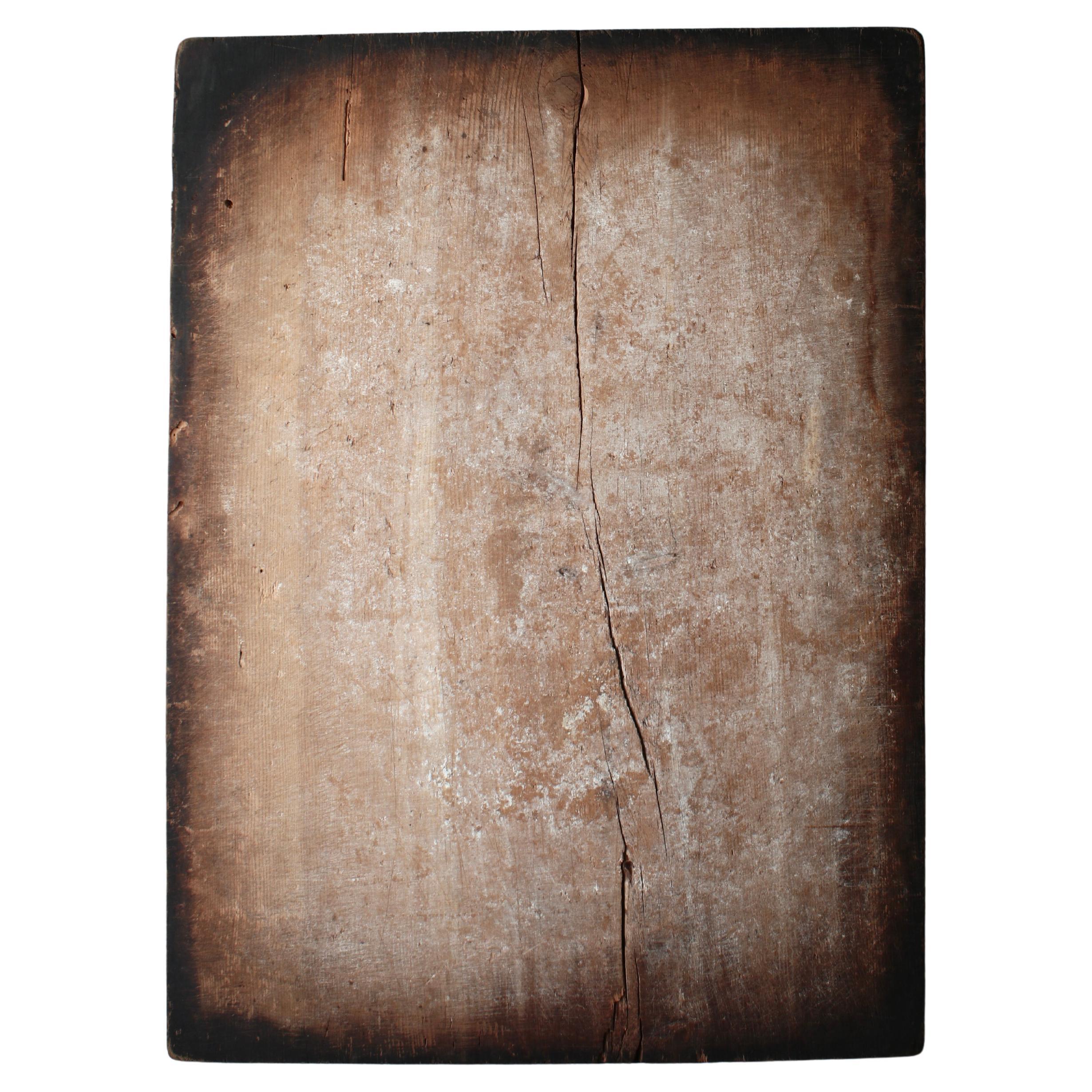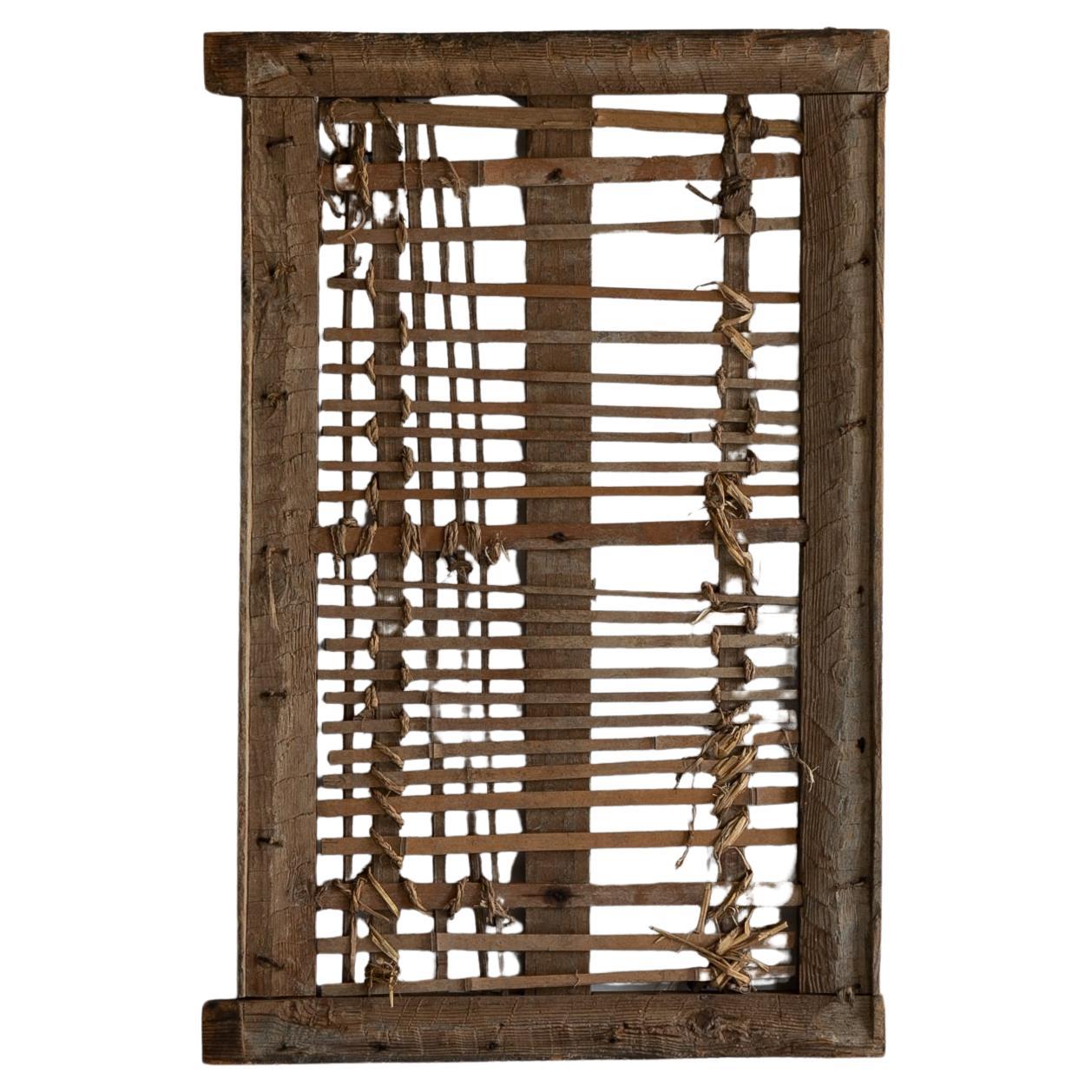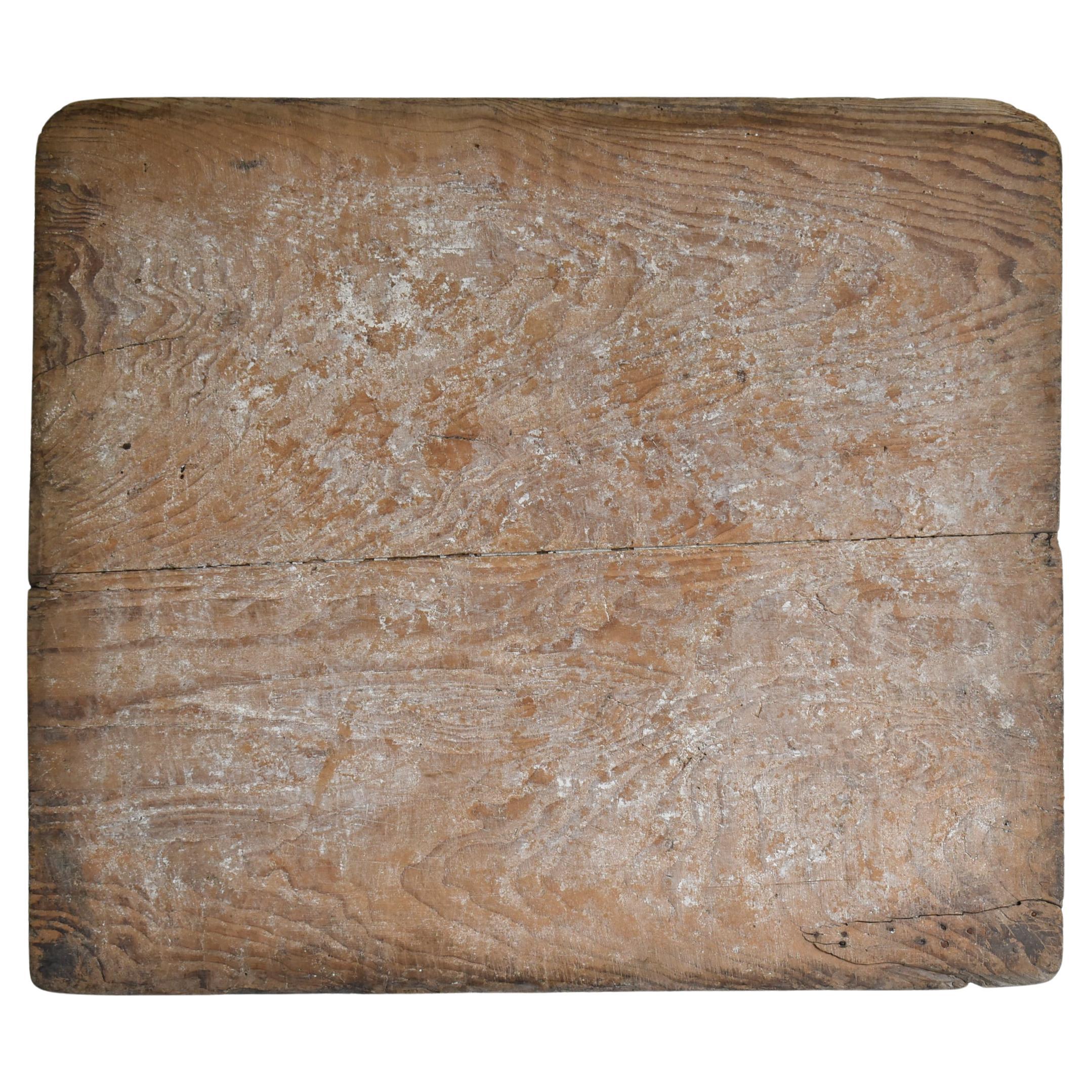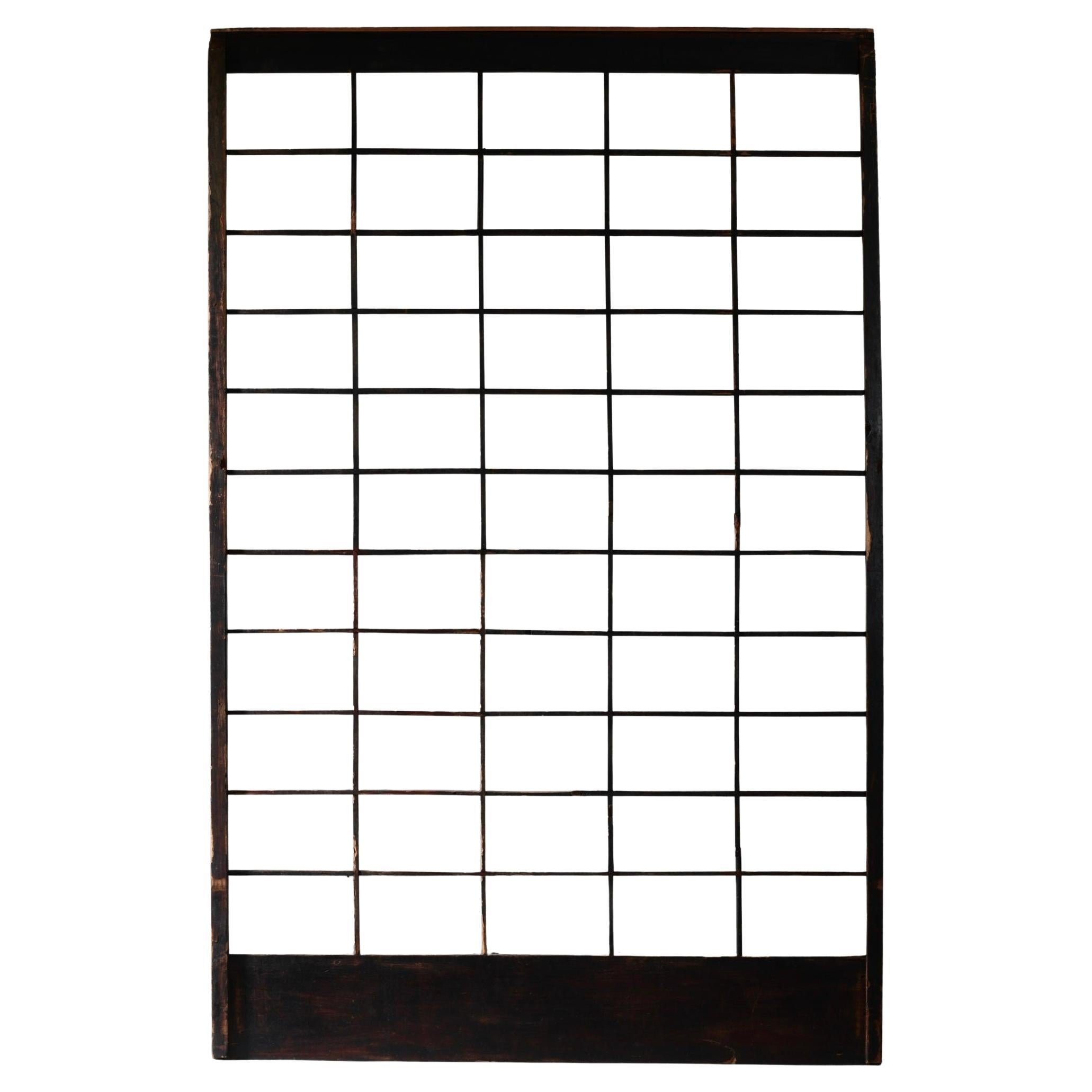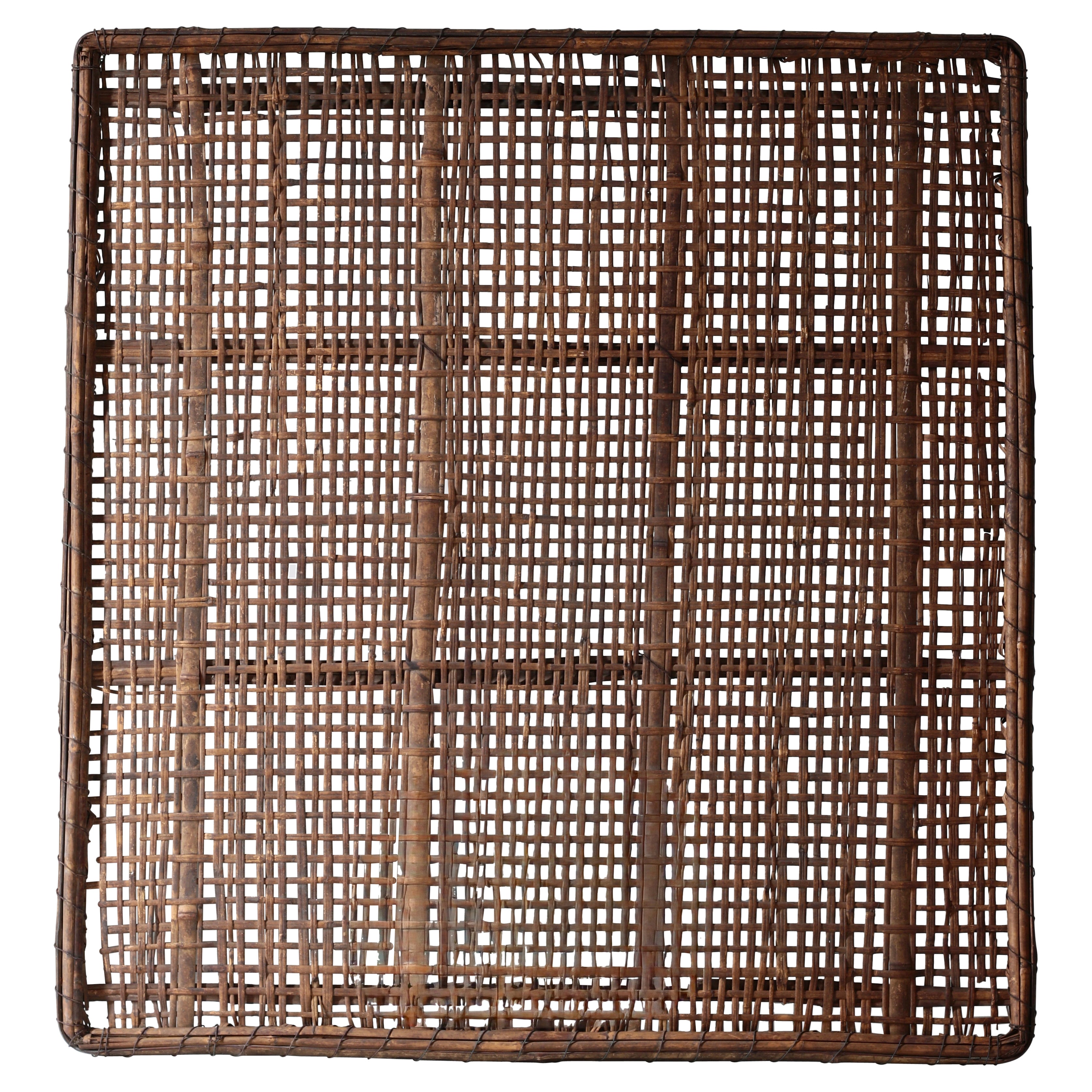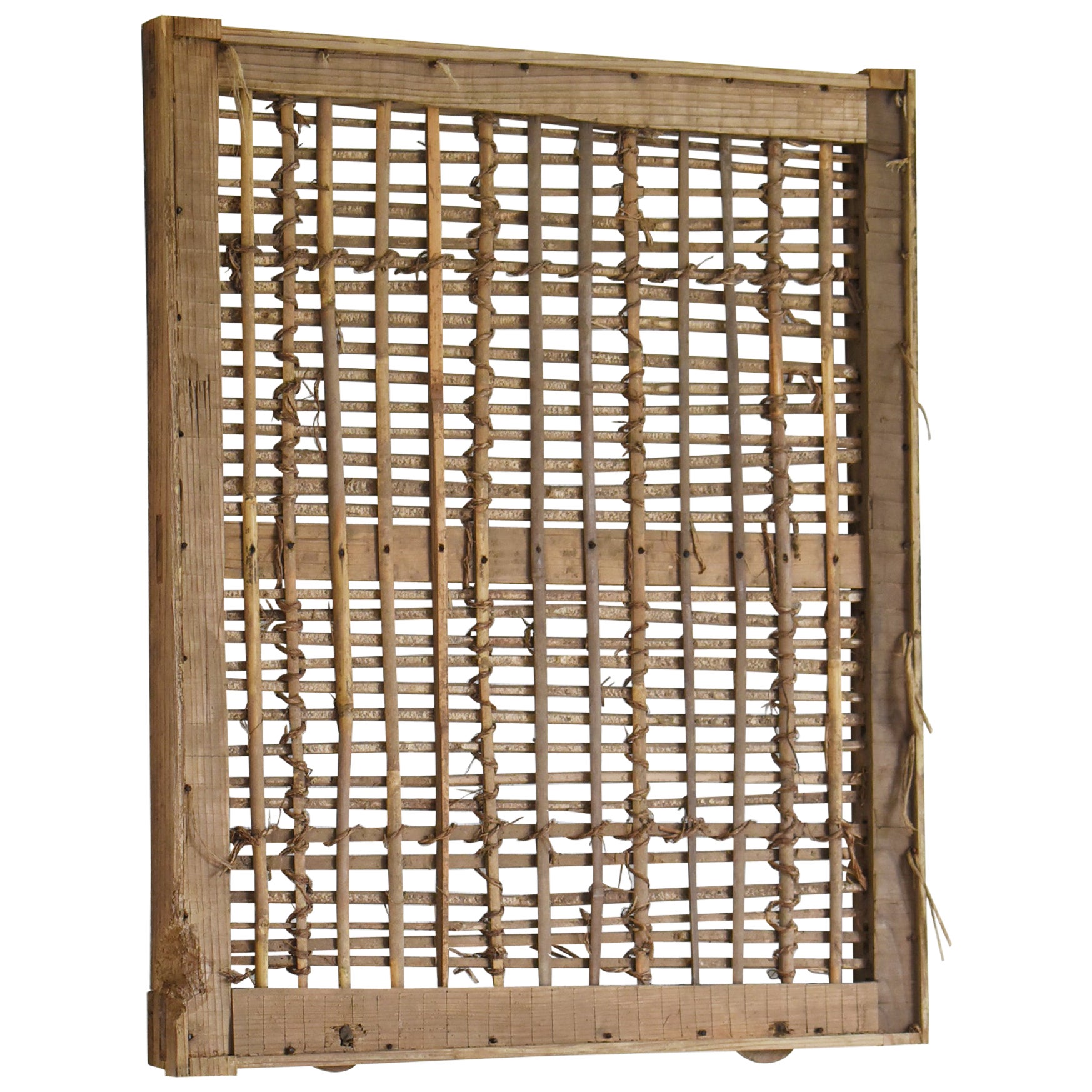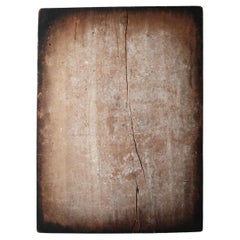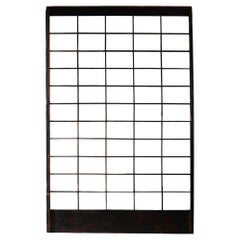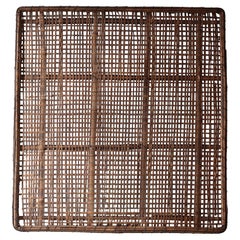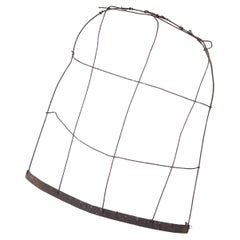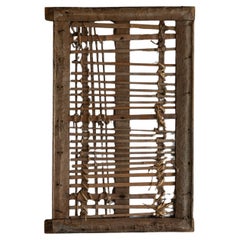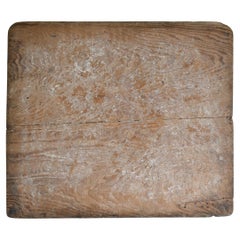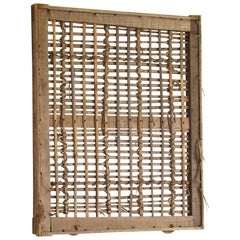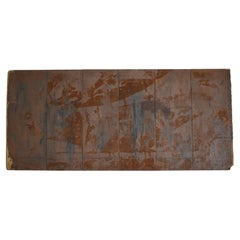Items Similar to Japanese Antique Tin Plate Art / Wall Decoration / Wabi-sabi
Want more images or videos?
Request additional images or videos from the seller
1 of 21
Japanese Antique Tin Plate Art / Wall Decoration / Wabi-sabi
$3,000
£2,293.66
€2,641.83
CA$4,203.92
A$4,693.28
CHF 2,459.21
MX$57,450.37
NOK 31,231.98
SEK 29,447.79
DKK 19,716.27
About the Item
This is an old Japanese tin panel.
The rust caused by natural aging is expressed like art.
The exact purpose is unknown, but it seems that it was originally used in a place where fish were handled, and this tin panel was used as a tabletop and filled with water. Therefore, a groove is made in one of the four corners to allow water to drain.
A series of coincidences due to the usage environment, such as the location where water accumulates, caused rust to form over a long period of time, and this design was born.
This is a one-of-a-kind piece of art.
By hanging it on the wall like an abstract painting, you can incorporate the beauty of natural aging into your interior.
Weight: 18.6kg
- Dimensions:Height: 36.23 in (92 cm)Width: 76.58 in (194.5 cm)Depth: 2.37 in (6 cm)
- Style:Showa (Of the Period)
- Materials and Techniques:
- Place of Origin:
- Period:
- Date of Manufacture:circa1900
- Condition:Refinished. Wear consistent with age and use. The wooden frame on the back shows signs of rough scraping using a cutting tool.
- Seller Location:Iwate-gun Shizukuishi-cho, JP
- Reference Number:1stDibs: LU9601246049622
About the Seller
5.0
Platinum Seller
Premium sellers with a 4.7+ rating and 24-hour response times
Established in 2020
1stDibs seller since 2023
69 sales on 1stDibs
Typical response time: 2 hours
- ShippingRetrieving quote...Shipping from: Iwate-gun Shizukuishi-cho, Japan
- Return Policy
Authenticity Guarantee
In the unlikely event there’s an issue with an item’s authenticity, contact us within 1 year for a full refund. DetailsMoney-Back Guarantee
If your item is not as described, is damaged in transit, or does not arrive, contact us within 7 days for a full refund. Details24-Hour Cancellation
You have a 24-hour grace period in which to reconsider your purchase, with no questions asked.Vetted Professional Sellers
Our world-class sellers must adhere to strict standards for service and quality, maintaining the integrity of our listings.Price-Match Guarantee
If you find that a seller listed the same item for a lower price elsewhere, we’ll match it.Trusted Global Delivery
Our best-in-class carrier network provides specialized shipping options worldwide, including custom delivery.More From This Seller
View AllJapanese Antique Wooden Board / Wall Decoration Abstract Art / Wabi-Sabi
Located in Iwate-gun Shizukuishi-cho, Iwate Prefecture
This is an old Japanese workboard.
It was called "Mochiita" and was used as a workbench for kneading flour.
It seems to be around the Meiji period.
The board is thought to be pine...
Category
Antique Late 19th Century Japanese Meiji Decorative Art
Materials
Wood
Japanese Antique Lattice Door / Wall Decoration / 1868-1912s / Wabi-Sabi
Located in Iwate-gun Shizukuishi-cho, Iwate Prefecture
This is a wall decoration made from an old Japanese door.
It is thought to date from the Edo to Meiji period.
It has a simple design and features a lattice frame made at regular in...
Category
Antique Late 19th Century Japanese Meiji Decorative Art
Materials
Cedar, Wood, Pine
Japanese Antique Bamboo Panel / Wall Decoration / 1868-1912s / Wabi-Sabi
Located in Iwate-gun Shizukuishi-cho, Iwate Prefecture
This is an old Japanese bamboo wall decoration.
It is believed to have been used as a farm tool around the Meiji period.
Perhaps it was used as a tool to transport crops.
The latt...
Category
Antique Late 19th Century Japanese Meiji Decorative Art
Materials
Bamboo
Japanese Old Iron Frame Of Winnow / Wall Decoration / Wabi-sabi Mingei
Located in Iwate-gun Shizukuishi-cho, Iwate Prefecture
This is an old Japanese winnowing basket's iron frame.
Winnowing basket is a single-mouthed or round-plate-shaped folk utensils used for sorting, transporting, and drying grains.
I...
Category
Mid-20th Century Japanese Showa Decorative Art
Materials
Iron
Japanese Antique Exhibition Table / Wall Decoration / 1868-1912s / Wabi-sabi
Located in Iwate-gun Shizukuishi-cho, Iwate Prefecture
This is an old Japanese wooden work board.
The wood is cedar, and due to long-term use, the black color around the edges remains, and the color has peeled off only in the middle. Th...
Category
Antique Late 19th Century Japanese Meiji Antiquities
Materials
Wood, Cedar
Japanese Antique Wooden Scooping / Folk art objet / Primitive Wabi-sabi
Located in Iwate-gun Shizukuishi-cho, Iwate Prefecture
This is a wooden shovel that was used in old farmers in Japan.
It is made of chestnut wood and hand-carved.
It seems that the user at that time made a hole in order to drain the wa...
Category
Early 20th Century Japanese Showa More Folk Art
Materials
Wood, Chestnut
$240 Sale Price
20% Off
You May Also Like
Japanese Antique Door "Wall Decoration" 1860s-1900s / Abstract Art Wabi Sabi
Located in Sammu-shi, Chiba
This was a very old Japanese warehouse (kura) window sliding door.
It was made during the Meiji period (1860s-1900s).
The frame is made of cedar wood and the lattice is bamboo.
It w...
Category
Early 20th Century Japanese Meiji Decorative Art
Materials
Bamboo, Cedar
Japanese Antique Wabi-Sabi Wood Board 1860s-1900s / Wall Decoration
Located in Chōsei District Nagara, JP
This is an old Japanese wooden board called “Mochiita” (rice cake board).
It was used during the Meiji period (1860s-1900s) and is made of pine wood with a rich texture.
As the name ...
Category
Early 20th Century Japanese Meiji Decorative Art
Materials
Pine
Japanese Antique Small Door Wall Decoration 1860s-1900s / Abstract Art Wabi Sabi
Located in Chōsei District Nagara, JP
This is an old small window frame made in Japan. It was originally used as a traditional Japanese mud wall fixture. It dates back to the Meiji period (1860s-1900s) and has been in us...
Category
Early 20th Century Japanese Meiji Decorative Art
Materials
Bamboo, Cedar
Japanese Antique Large Iron Plate Abstract Art 1900s-1940s / Wabi Sabi
Located in Chōsei District Nagara, JP
This is a door that was an iron plate door made in Japan.
It is an old fixture made in the early Showa period (1900s-1940s), with iron plates carefully stretched over a cedar wood fr...
Category
Mid-20th Century Japanese Showa Decorative Art
Materials
Iron
Japanese Wall Art, Wabi Sabi, Japan, 19th Century
Located in Edogawa-ku Tokyo, JP
The Japanese element - Komai - that can be used as a unique wall decoration. The window frame, known as "komai," is a traditional architectural structure used to create partitions o...
Category
Antique Mid-19th Century Japanese Decorative Art
Materials
Wood
Japanese Antique Wall-Hanging Wooden Flower Vessel 1900s-1940s / Wabi Sabi
Located in Chōsei District Nagara, JP
This is an old wall-mounted wooden vase made in Japan.
It was made in the early Showa period (1900s-1940s).
It looks like a work of sculpture that makes the most of the natural wood....
Category
Mid-20th Century Japanese Showa Decorative Art
Materials
Cedar
